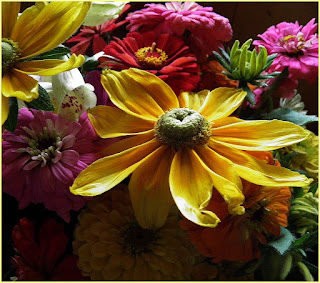Tuesday, June 20, 2017
When adding new plants to your garden your goal is always to have the healthiest, largest addition in the shortest time. Now days many nurseries are offering a variety of pot sizes so you can buy a large potted plant for immediate gratification or smaller plants if you want to spend less but wait a little longer for more plants. With either purchase, what's in the pot requires your attention.
We often hear from visitors who say they bought a nice looking plant from a reputable garden center but it seems slow to grow. We ask about the planting and too often hear that the person dug a hole, knocked the plant out of the pot and plunked it into the hole. That's only part of the process.
The hole should be larger than the potted plant to begin with, should be free of stone, roots and weeds and should be amended. Depending upon where you live, the soil may need some adjustment to its pH. We always add compost to the hole , water well, and then get the potted plant ready. There's never any telling how long the plant has been potted so it's a good idea to carefully remove the bottom 2-3 inches of potting soil and free up the roots. If a plant has been growing for some time, you might find that the roots have circled the pot a few times. Free these up and then plant. This will encourage the plant to take hold of your soil, produce new roots and make a good adjustment. If its dry when you're transplanting, be sure to give the new addition some water. You'll find that these few extra steps will make all the difference. Try it!
Writing from the mountain above Peacham Pond where the humidity is building as well as this afternoon's storm. Be well! Come visit,
George Africa
The Vermont Gardener
2263 US Route 2
Marshfield VT 05658
802-426-3506






































